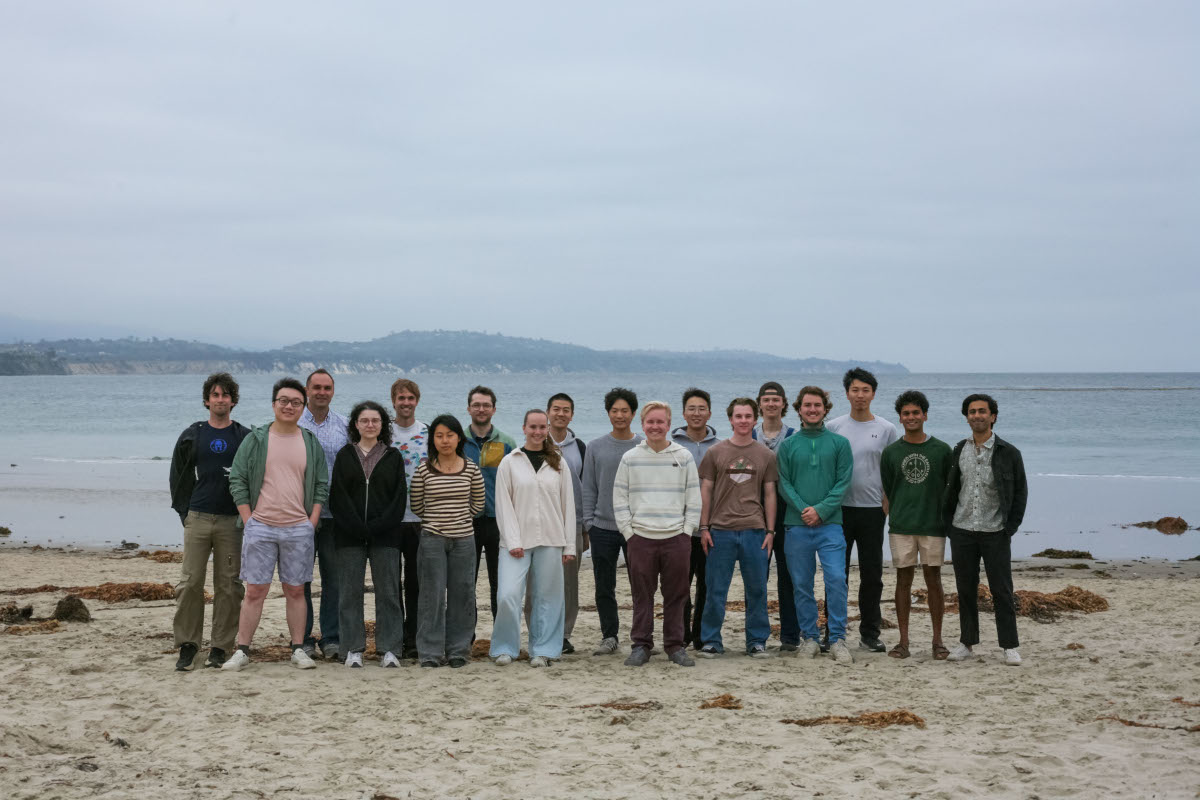

Under Mingyu Fan’s leadership, we realized the first laser cooling and trapping of 224Ra+ ions, an isotope of radium which has a half-life of only 3.6 days. This achievement marks a significant step towards the lab’s goals of probing new physics with short lived radium ions. Radium atoms were produced from an effusive oven source, the culmination of several years of development led by Mingyu Fan and Max Ladabaum. A marked outcome of this research is the reliability of our radium atom source, which continues to produce radium atoms on demand nearly a year after being sealed in vacuum. The team first observed fluorescence of neutral 224Ra atoms in a vacuum chamber test bed, which Haoran Li and Spencer Kofford later used for a spectroscopy of the atom’s 483 nanometer transition. This frequency measurement enabled us to effectively photoionize 224Ra once the oven source was moved to the vacuum chamber that houses our ion trap. Mingyu Fan and Roy Ready spearheaded tests to determine effective methods to trap radium ions, including various photoionization schemes and oven operating temperatures. With the ability to routinely trap single and multi-ion chains for days, we are able to see ions occasionally disappear, presumably due to nuclear decay. The article describing this work was published in Physical Review Research, and is also available on the arXiv.
The Tray Launcher is our first project that has been published to PyPI. It makes management of Windows BAT files easier, condensing them into a single menu in the system tray instead of having many terminals cluttering the taskbar. The project was Mingyu’s idea, and the first programming work was done by Kate Sheldon, who was a high school student at the time, with guidance from Ganden Schaffner. Kate made a solid software foundation that Huaxu Dan, a first-year undergrad at UCSB, built upon to get to the point where the software was reliable enough for a public release. Currently the software is on version 1.0.7. The code is available here on GitHub.
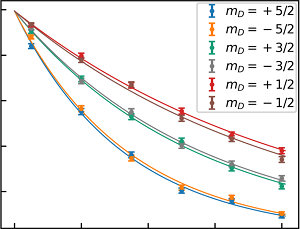
Mingyu Fan led a team to realize the first excited state lifetime measurement in the radium ion. The measured lifetime is in good agreement with theoretical calculations and will enable calculation of the differential scalar polarizability of the narrow linewidth optical clock transition. Craig and Asad helped to build and operate the experiment, and undergraduates Chaoshen and Sam made made key contributions to stabilizing laser powers. The Article describing this work was published today in Physical Review A, and is also available on the arXiv.
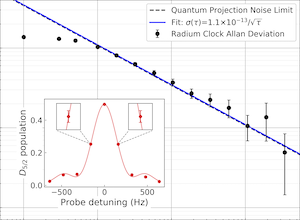
Craig Holliman led a team, including collaborator Sam Brewer, to realize the first optical clock based on the radium ion. Radium is a famously unstable element, so it is a bit ironic that our group has made a high-stability clock using one of its optical transitions. But, looking more closely the radium ion has appealing features for a trapped ion clock. The wavelengths for working with trapped radium ions are very user-friendly: all of the necessary transitions could be addressed with low optical powers using integrated photonic sources. This makes the system promising for a compact and low-power optical clock. The ion’s high mass is good for addressing some of the leading issues with optical clocks. In the future when we begin working with radium-225 there will be built-in insensitivity to nefarious magnetic field noise through the isotope’s particular electronic structure. A radium ion clock could also be used to constrain the time variation of fundamental constants. The Letter describing this work was published today in Physical Review Letters, and is also available on the arXiv.
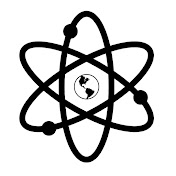
It was an honor to represent our group and present our work for the Virtual Atomic, Molecular, and Optical physics Seminar series (VAMOS). In the talk, “Radium ions and cold radioactive molecules”, I discuss our recent radium ion measurements, our progress with radium-based molecules, and some of the motivations for our research, as well as our plans moving forward. The post talk discussion (not recorded) with students, postdocs, and a few P.I.’s was a highlight - lots of fun ideas were explored! Thank you to the VAMOS organizers for giving me this opportunity.
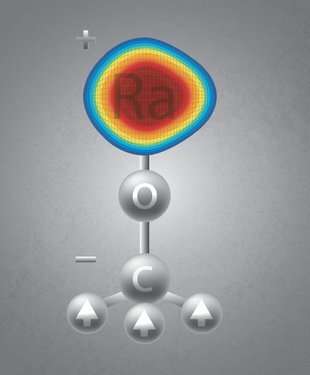
The work by Nick Hutzler and Phelan Yu on RaOCH3+ (radium monomethoxide) and its potential to address the mystery of the Universe’s matter-antimatter asymmetry was featured in an article on phys.org.

Graduate student Mingyu Fan gave a seminar to CERN’s ISOLDE Physics Group. ISOLDE has made seminal measurements on radioactive molecules, in particular RaF. They were happy to hear about Mingyu’s recent paper where we demonstated the controlled production of cold, trapped radioactive molecules.